A tribute to Ray Barrett – “a don before Don Draper was even born”
In his latest Four Corners column, Jon Daniel remembers award-winning art director Ray Barrett, who created a hugely impactful anti-ALS campaign – at the same time as fighting a battle with the disease himself.
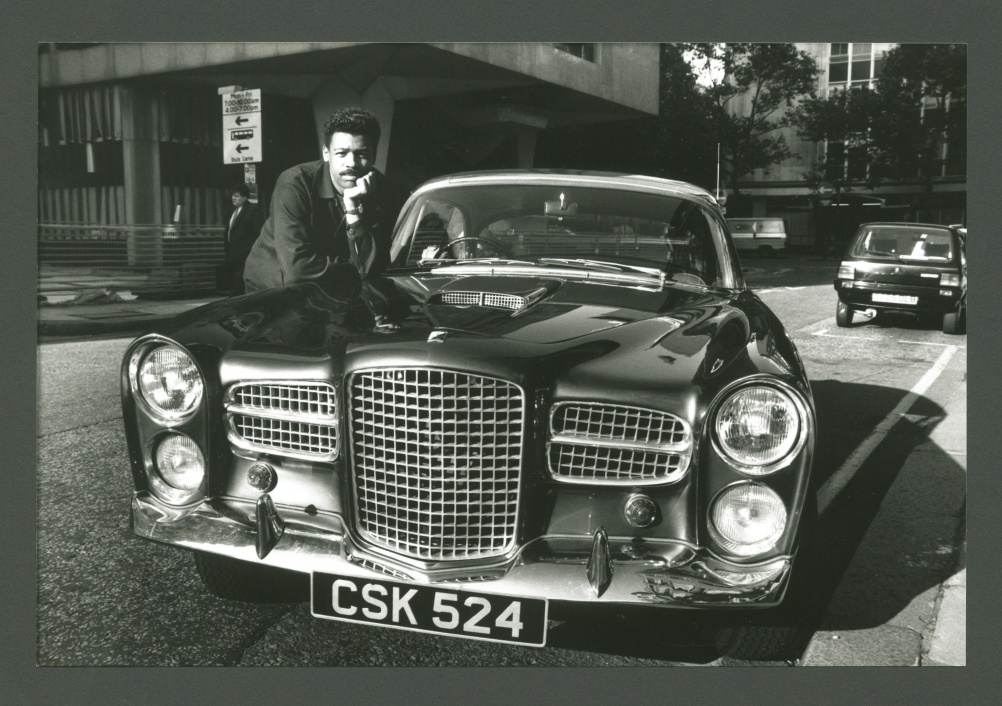
This month, as we celebrate Black History Month in the UK, I want to pay tribute to a truly unique and inspirational figure from the world of advertising, who very sadly passed away recently.
Ray Barrett, agency founder, creative director, art director and photographer. 23 December 1957 – 31 August 2015.
Ray Barrett was one of the first advertising art directors of African Caribbean heritage, that I know of, to make a significant impact in UK advertising. His network of friends, creative partners, and colleagues, along with his incredible body of work, is a testimony to his illustrious career.
When I was studying at college as an aspiring designer and art director myself, he was one of the only people of colour who would regularly grace the pages of industry bibles such as Campaign or Direction magazine. And as many in the business will testify, he cut a very dapper and charismatic figure.
Ray was a don before Don Draper was even born. While the latter is a figure of fantasy, Ray was the real deal, who could walk the walk and talk the talk when it came to delivering creativity. Ever immaculately groomed and meticulously composed, his dress sense was a perfect reflection of his dedicated approach to the craft of art direction.
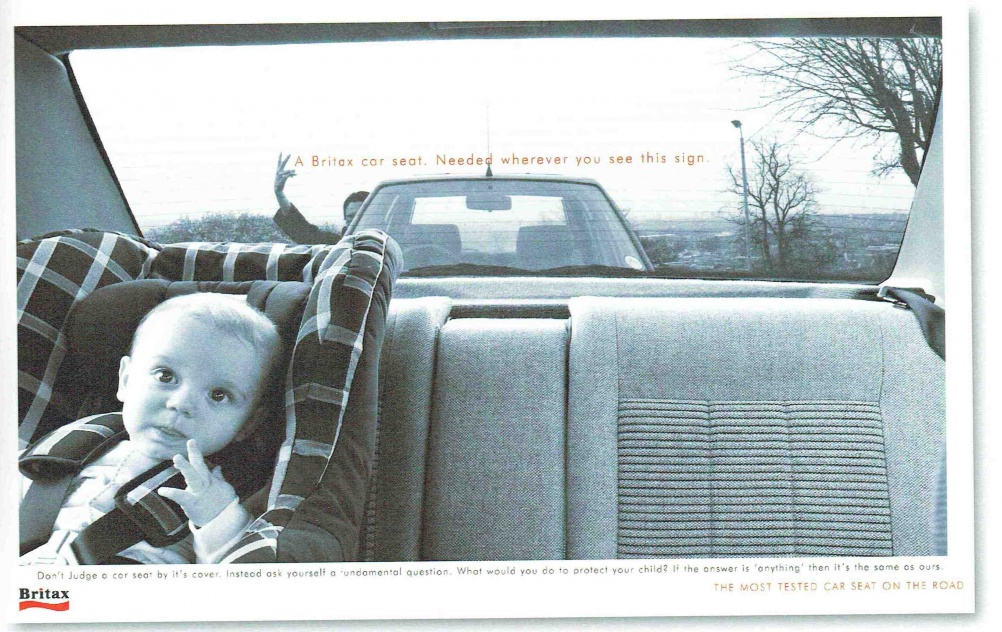
It was a style and attitude that was all his own, and it was to serve him well in the heady world of advertising, as he smoothly navigated through cultural and corporate politics like a knife through butter.
As his wife Ashante says: “Ray was that guy that everyone looked at when he entered a room. He commanded your attention. And more than that, he was social, exuberant, a real raconteur. He was ‘the guy’ you wanted on your table when you were in his company.”
And as his career and finances blossomed in the 80s with a series of effective and award-winning work, so did his appetite for success, which in turn was matched only by his taste for the finer things in life – such as his passion for fine wine, Art Deco and vintage cars.
In many ways, Ray could present himself as more “English” than the “English”. Gentlemanly, witty, charming, he would often disarm clients who were unsure of what shocked them more; the fact that when he turned up he was black; his straight-up, no-bullshit attitude; or that he was driving a vintage Porsche (or his beloved Facel Vega) and sporting a well-tailored suit to boot. It’s an image he worked hard to cultivate and which belied his humble Jamaican roots.
Born on 23 December 1957, to Jamaican parents who came to these shores in the 50s as part of the Windrush generation, he was raised in Handsworth, Birmingham. For those of you familiar with the cultural history of that area, it gives you an idea of just how far Ray travelled spiritually, emotionally and physically beyond the expectations of a black kid growing up in the area at that time.
The only boy in a family of four children, Ray and his three sisters grew up within a strong and proud Jamaican community, heavily influenced socially in the heavy dub musical strains of the reggae sound systems; linguistically in the patois dialect of their friends and family; and politically by the growing popularity of the Rastafarian movement.
Milton Buckeridge, who has been a friend of Ray’s since childhood says: “Ray was no sheep, he was a shepherd. He always stood out, right from the start at school. Even though we were all wearing the same school uniform, he just looked better, sharper and he was known for that.”
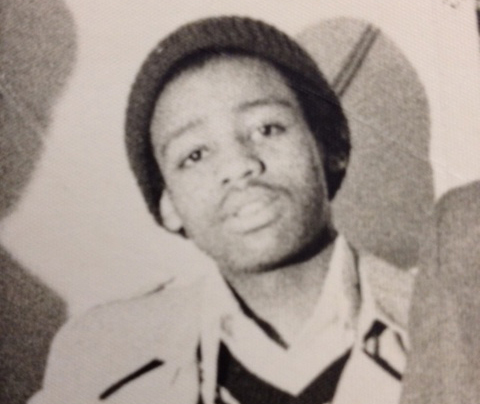
It was a sense of individuality that was forged by the tight childhood company he kept at Handsworth Wood secondary modern school with guys like Milton, Alphonso Grant and Colin Dennis, who were all part of a rather inspirational after-school art club run by teacher Mr Small.
By all accounts, it was an exceptional year as the class also boasted attendance from leading members of the legendary roots reggae band, Steel Pulse (who would later go on to become the first non-Jamaican act to win a Grammy for a reggae record).
And then Ray discovered art college. It was a revelation to him, and the beginning of a journey that was to open his eyes beyond the streets of Handsworth and lead him to the bright lights of London and beyond.
Whether working as an art director and creative director for several leading agencies, including FCB, DDB Court Burkitt, O&M and WCRS, or as a business partner in the agencies he co-founded, such as Barrett Cernis, here in the UK in the 1990s or more recently with The Conversation Farm in Canada, he always applied himself to the task at hand with a steely determination and an unwavering professionalism that was his trademark.
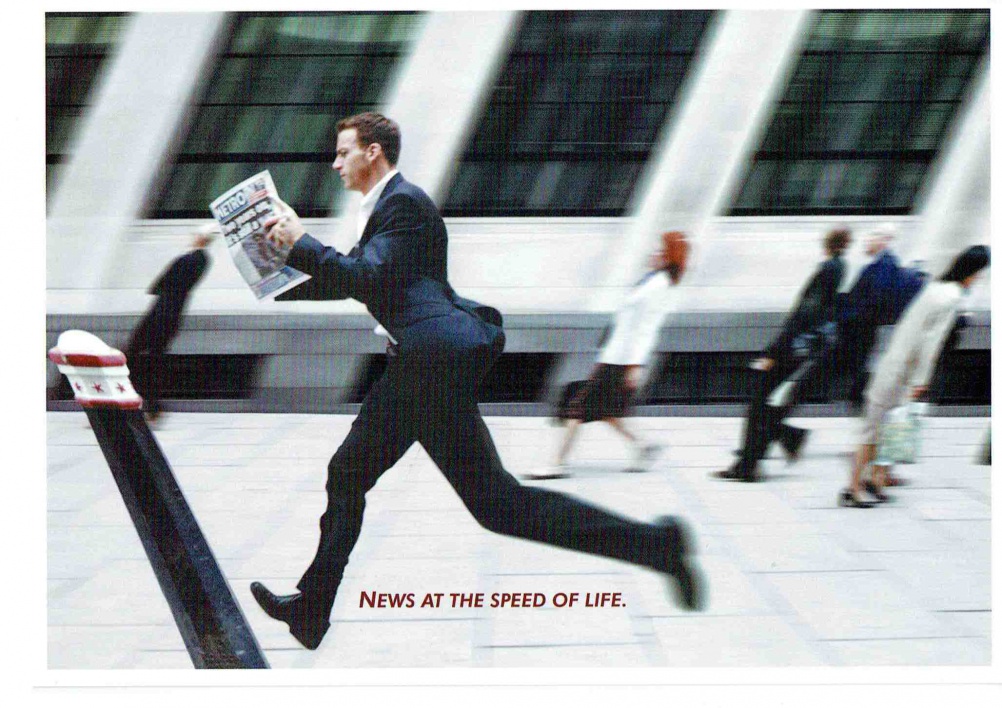
Ray was never one to call himself a role model, but he did take his position in the ad industry seriously and used his status to help open up the debate and progress its thinking around ethnic diversity and inclusion. With Jonathan Mildenhall (then managing director of TBWA) he co-chaired a two-year project by the IPA Ethnic Diversity Group, the result of which culminated in the publication of an online guide to ethnic diversity.
As he said at the time: “We estimate the combined disposable wealth of this group, which has a younger age profile and is more technology-savvy than the population as a whole, to be about £32 billion. But too many agencies only think about the ethnic minority market if they are given an ‘ethnic’ brief.”
In latter years, around 2006 onwards, Ray’s career also led him into new territories, both geographically and creatively. For a while he decided to specialise in photography, producing work that was good enough for him to be represented by leading photographic agents Jo Talbot & Sue Young. A passion that would later lead to a long overdue trip in 2010 back to his ancestral heartland, Jamaica with his wife, Ashante, where he literally could not put the camera down the entire trip, as he reconnected deeply with culture of his youth.
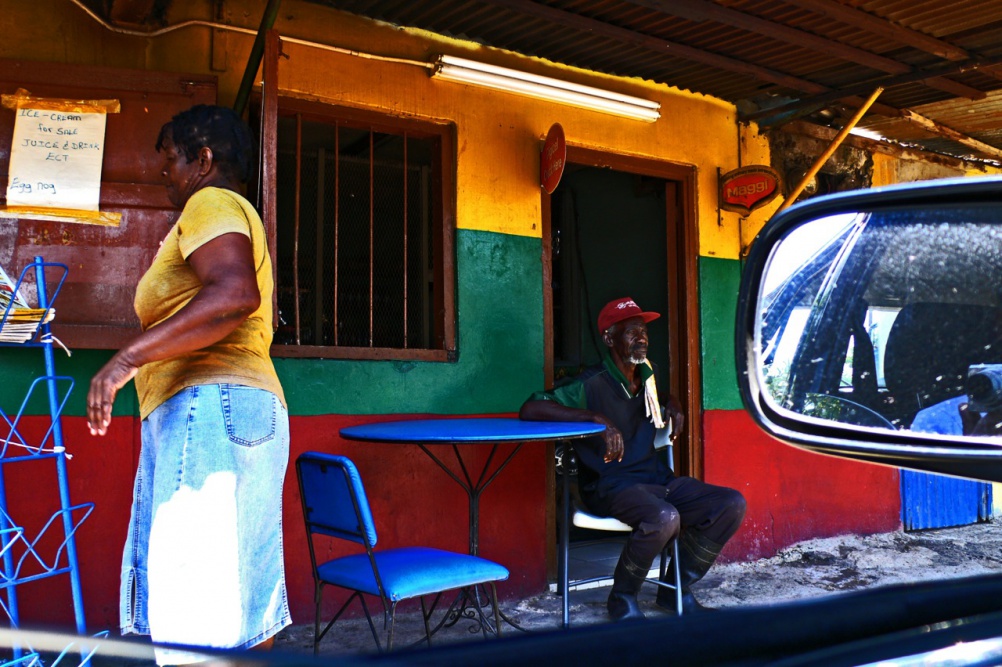
Ray found excitement in the emerging markets of Latin America and India, working for a spell with an agency in Sri Lanka. But finally in 2008, primarily due to the relocation of his ex-wife and their two children, Luke and Halle, he finally settled in Toronto, Canada.
It was here that Ray, along with his business partner in The Conversation Farm, Michael Scher, was to make a lasting and indelible mark, via the power of social marketing and their progressive platform of “creating conversational capital”, on the cultural landscape.
The pair received a call from former football player Steve Gleason, who had been diagnosed with Amyotrophic Lateral Sclerosis (ALS). They were galvanised into action to create the #TeamGleason ALS awareness campaign. With only their creative smarts, a small budget and the fame of Steve’s name to play with, they set in motion a truly game-changing media movement that would capture the heart of millions of Americans and eventually people all over the world.
From a simple filmed commercial seeded with specifically targeted sports journalists, the campaign went viral, and led to the spot being played on the Jumbotron at the Superbowl.
Steve Gleason was mobbed by people wherever he went; millions of dollars were raised in the space of hours and in the wake of the campaign, a symposium of doctors, patients and researchers were brought together around the condition of ALS and charged with the direct goal of creating a business plan for the cure. It was from this symposium that the now infamous Ice Bucket challenge came into being.
The truly amazing side to this story is that only after all the hard work and campaigning was done did Ray finally come clean about the fact that he was also suffering from ALS, having been diagnosed seven months prior to the campaign starting.
That’s Ray. Like his name suggests, right to the very end his talent, professionalism, creative dedication and passion to be, and to do his best, shone through.
Remembering Ray:
“The thing about Ray is that in many ways his skin colour was invisible. Any clichés or assumptions one might choose to make about people from ethnic minority backgrounds simply did not apply to Ray.
Exuberant, dynamic, he was just a truly gifted and brilliant creative. Full stop. He was also incredibly resilient. Like a rubber ball, he would simply bounce back with more and more ideas if the client knocked his previous suggestions back.
Also at Engine, we set up a charity called The Ideas Foundation specifically to tap into the creative talent and ingenuity of London’s 40%+ of people from ethnic minority backgrounds, that is so starkly reflected in the fact only 9% are employed within our advertising industry, often in background roles rather than upfront.
Ray was in part an inspiration for this venture as he was a ‘frontline warrior’ and such a shining example and role model, even if he was unaware of it himself”.
Robin Wight, President, The Engine Group
“Ray was one of the most positive people I’ve ever met. Nothing ever knocked him down. He was an extraordinary guy – a real force of nature’.
The things I remember especially from the time we worked together in the late 80s/early 90s was the lunches we shared together, at places like The Ivy and The Wolseley, on a daily, almost ritualistic basis, filled with a lot of fun and laughter.
Exciting things always just happened around Ray, when you were in his company. For example, I remember a great trip we made with the renowned photographer, Max Forsythe to Kowloon, Hong Kong to create some press ads. There was just us and a couple of other people drinking one night in this bar, when suddenly this man got up and went over to a piano in the corner of the bar and started playing. So we went over and for an hour he played an incredible set of music. That man at the piano was Herbie Hancock.”
Leon Jaume, executive creative director, Engine & WCRS
“Ray loved a laugh, and the numerous shoots I did with him were a great deal of fun – he was a decisive and courageous art director who was never shy of making a decision.
As a friend we saw a lot of each other and I well remember a very painful concert we went to at Hampton Court where the violinist dropping his bow caused a convulsion of silent laughter that lasted for an hour.
It is difficult to believe that one who loved life so much is gone.”
Max Forsythe, photographer
“’What do you think JC?’, Ray would show me something and we’d have a chat. We’d convince each other it was right. Ten minutes later he’d be back. ‘Nah. It’s s**t’. About two days later we’d be back where we had started. Ray had been on one of his mental creative journeys – challenging himself, the idea, the execution – everything.
That was his safety valve – almost a constant torture of questioning – to know he was doing the very best he could. He seemed to recalibrate constantly.
Ray liked a genuine, honest compliment about his work. More so when he felt he had earned it. I know it gave him a lift for people to recognise his craft skills and it generated one of his most favourite comments: a slight pause and intake of breath: ‘And I haven’t even opened up the tool kit yet.’
Ray and I were great believers in nurturing talent and giving people a break. We both had early career difficulties in breaking through. I know there is some great talent out there in the industry that has Ray to thank for a leg up. He loved it when people left us to go on to better things.
Ray was a star. He cared about his work, his reputation and how he was perceived. It was a privilege to have worked with him and been part of his life.”
Justin Cernis, founder, The Cernis Collective
Special thanks to the following for their assistance in compiling this tribute column: Jonathan Akwue, Milton Buckeridge, Campaign magazine, Justin Cernis, D&AD, Max Forsythe, Ashante Infantry, the IPA, Leon Jaume, Michael Scher, Robin Wight and the History of Advertising Trust.
———————————————————————————————
Jon Daniel is a London-based independent creative director, designer and curator. For more information visit his website at www.jon-daniel.com or his blog at www.visual-intellectual.com.
-
Post a comment




